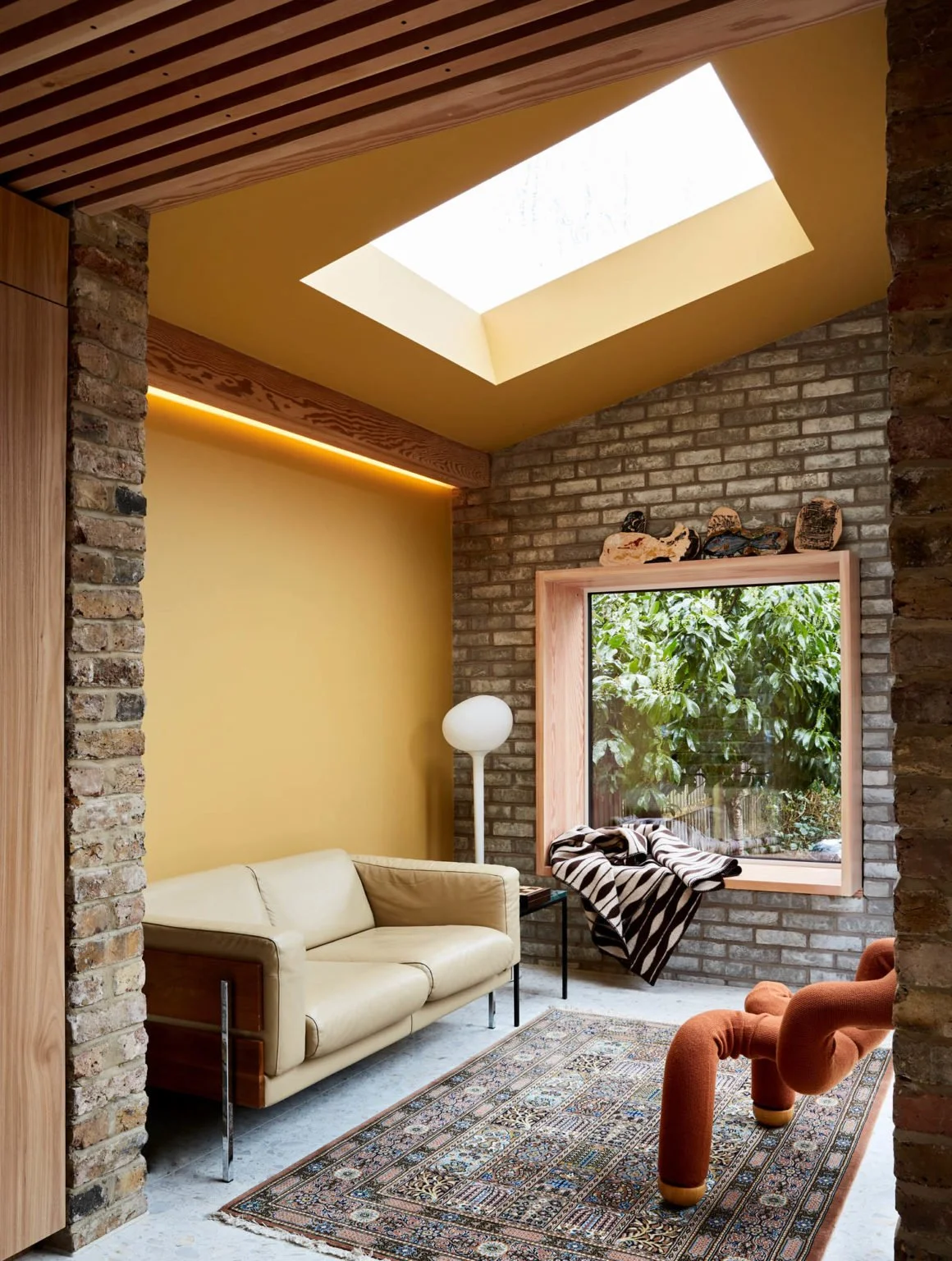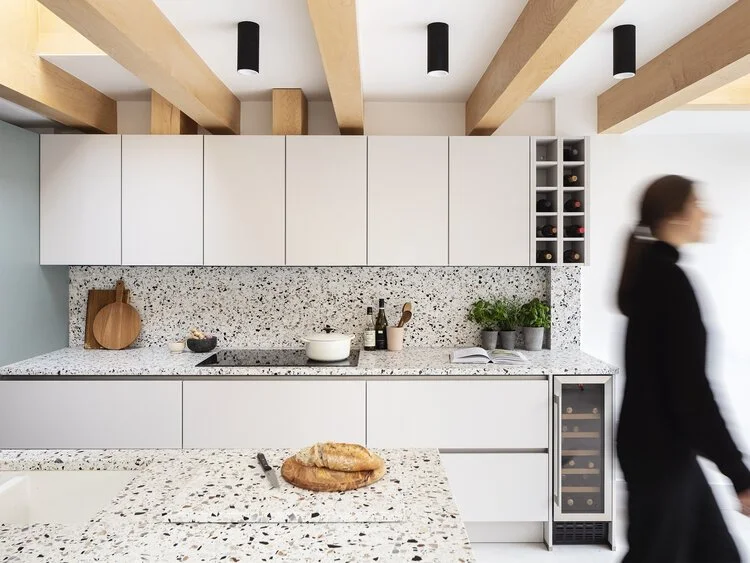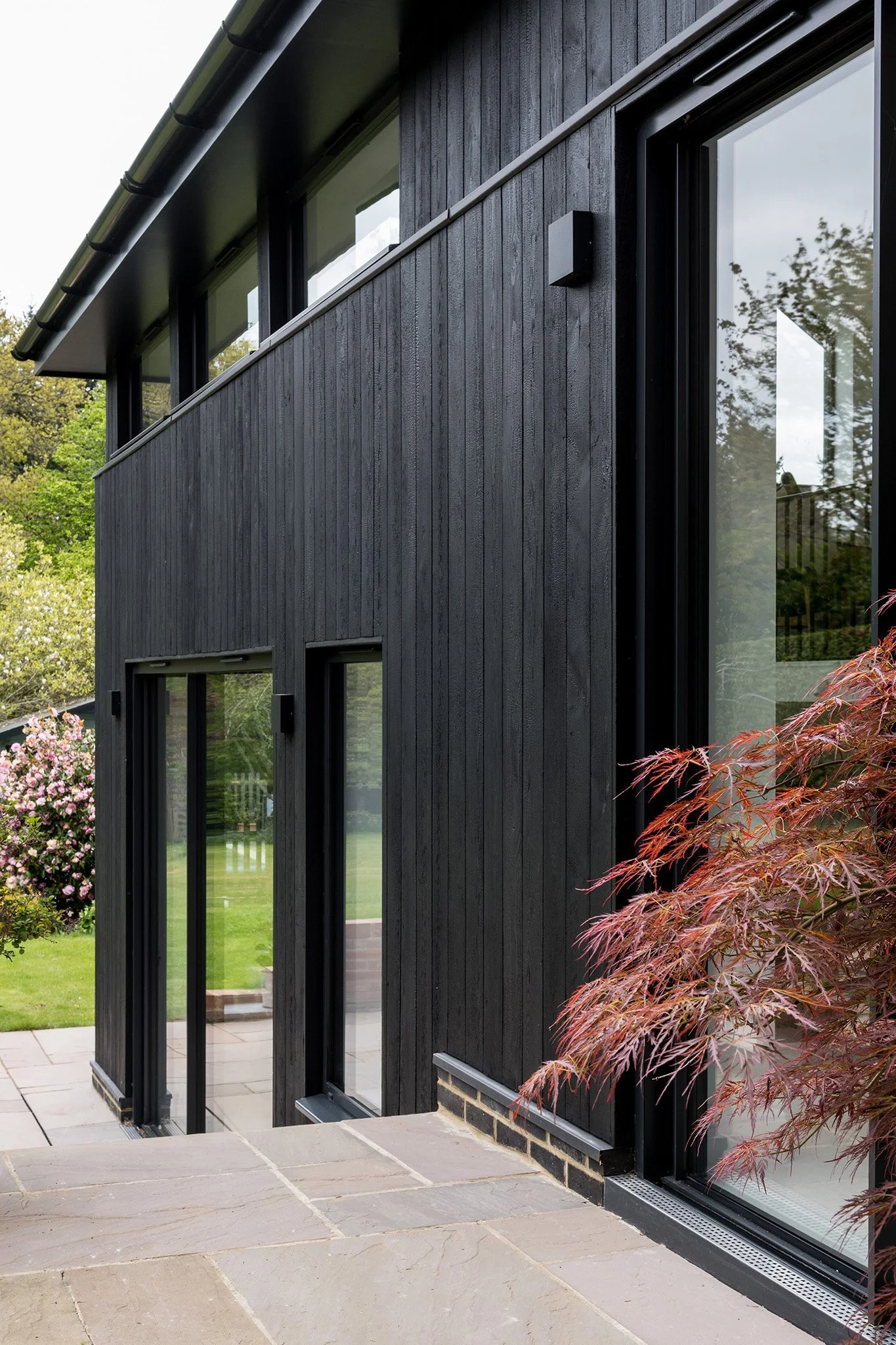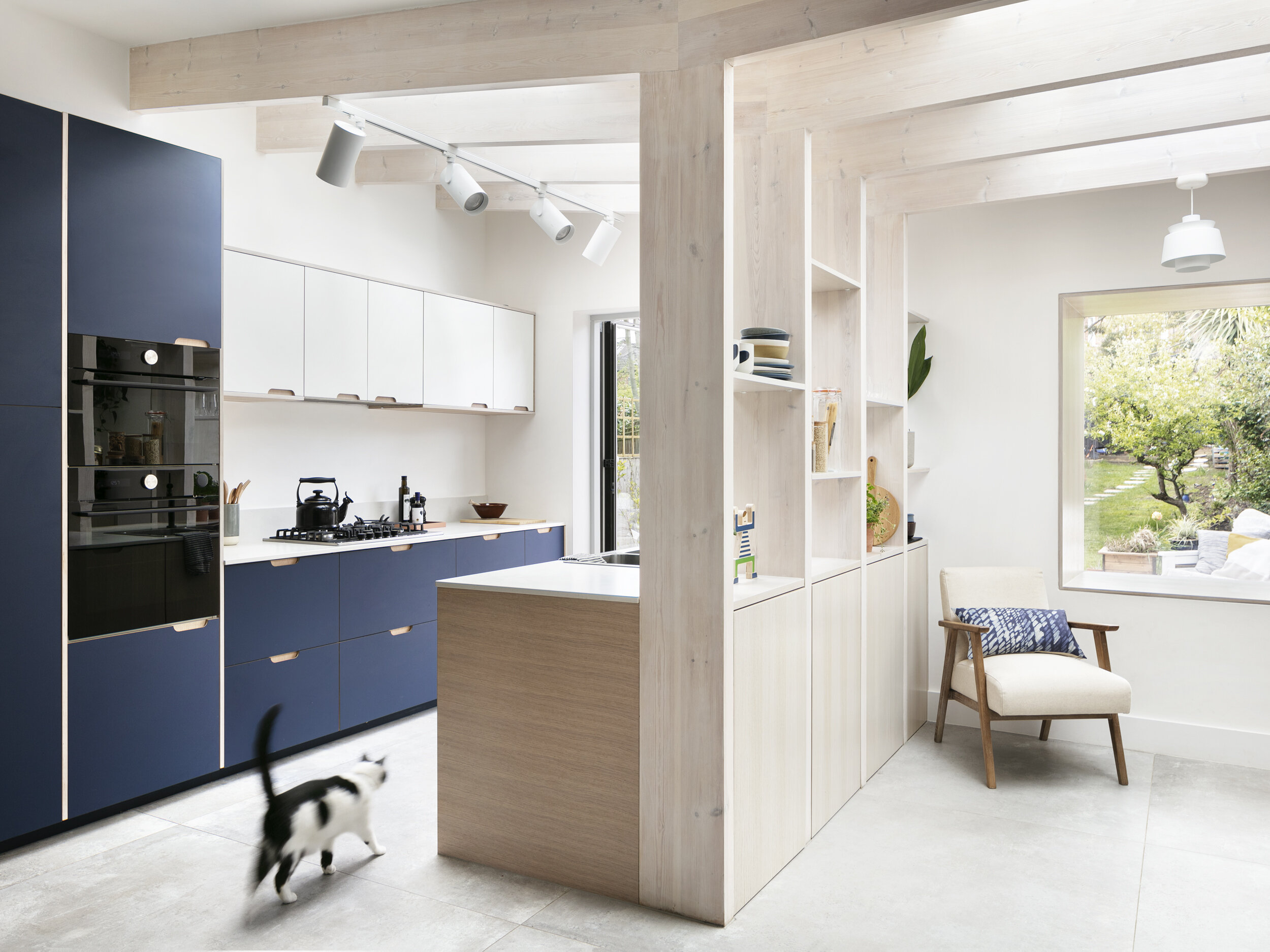Talking price transparency with BuildPartner
For Hugo Sells, CEO of construction price comparison software BuildPartner, the early months of 2022 were a very interesting time. ‘The price of construction materials was changing so quickly, we were constantly reviewing and updating our price data’ he recounts. ‘It was a frantic time.’
Things have quietened down a little since then, although inflation is still having a significant impact on the cost of building materials. This volatile period has been a boon for BuildPartner and its subscribers.
At its heart, BuildPartner is a collaborative price comparison tool that allows users – architects, homeowners, developers and builders – to quickly and easily generate estimates and compare quotes for their construction projects. It saves substantial amounts of time, money and heartache from the traditional spreadsheet approach to quoting. ‘The old ways of spreadsheets, or even worse – emails – where information is quickly out of date or even lost forever, have passed,’ Hugo explains. ‘With BuildPartner, users have up-to-date information on materials, labour and margin with full price transparency.’
Hugo Sells - CEO of BuildPartner
UpSideDown House by BuildPartner Advocates - Collective Works
There are some estimating and scheduling tools on the market, but they are desktop based and siloed, so they can’t aggregate or share information between their users. The quality that makes BuildPartner the most effective is alluded to in the name. ‘From the outset of developing the software, we wanted to harness the power of people working together to generate a better outcome,’ notes Hugo. ‘Individually, not a lot of people have the time to constantly research the costs of building materials, not even builders! By harnessing the input of a wide group of people, we are able to stay on top of the latest costs and provide that information to our subscribers. The more data we collect, the more accurate it becomes.’ To that end not only do people share pricing information but they also share in the growth of the businesses as many of the BuildPartner users have become equity partners in the business. ‘We think there is an important shift coming in the way businesses are run, with customers much more involved in direction and development. At the moment we have about 60 architects and builders as shareholders helping us to constantly improve the software and run the business and are keen to grow this number further.’
A House For A Gardener by BuildPartner Advocates - Amos Goldreich Architects
If you’re a homeowner or a small developer, you can use the software to create cost plans for your project and proceed with certainty and clarity. It helps you manage your budget mitigating against any nasty surprises as your projects progresses.
For architects and builders, the software is even more useful. Besides being able to create your cost plan with accurate, up-to-date pricing, you can also create a construction schedule for your project, complete with materials and labour prices. Architects can create schedules quickly without having to consult with builders or quantity surveyors. The prices are live and up-to-date based on the information that is constantly being plugged into the software by the growing user database. It allows you to run your practice more efficiently and reduce your costs. A quick look at the endorsements given by architects on the BuildPartner website reveals a number of friends of We Design Homes. The praise is glowing. People like Amos Goldreich, Oli Leech, Hugh McEwan, Nilesh Shah, Tim O’Callaghan and loads more are using the BuildPartner software and reaping the benefits.
Pippins by BuildPartner Advocates - Rider Stirland Architects
Reeded House by BuildPartner Advocates - Oliver Leech Architects
As someone who has recently completed a house renovation project, I can tell you that BuildPartner would have been very helpful indeed! If you are a homeowner or a small developer, this software furnishes you with certainty on spending that will remove a lot of heartache. I’ll certainly be subscribing for my next project. If you’re an architect or builder, BuildPartner will save you time, save you money, save you stress and help you run a more efficient and more profitable business. There are a number of subscription options, starting from just £14 a month. I can’t quite understand why anyone wouldn’t use it.
— Written by Christopher at We Design Homes








